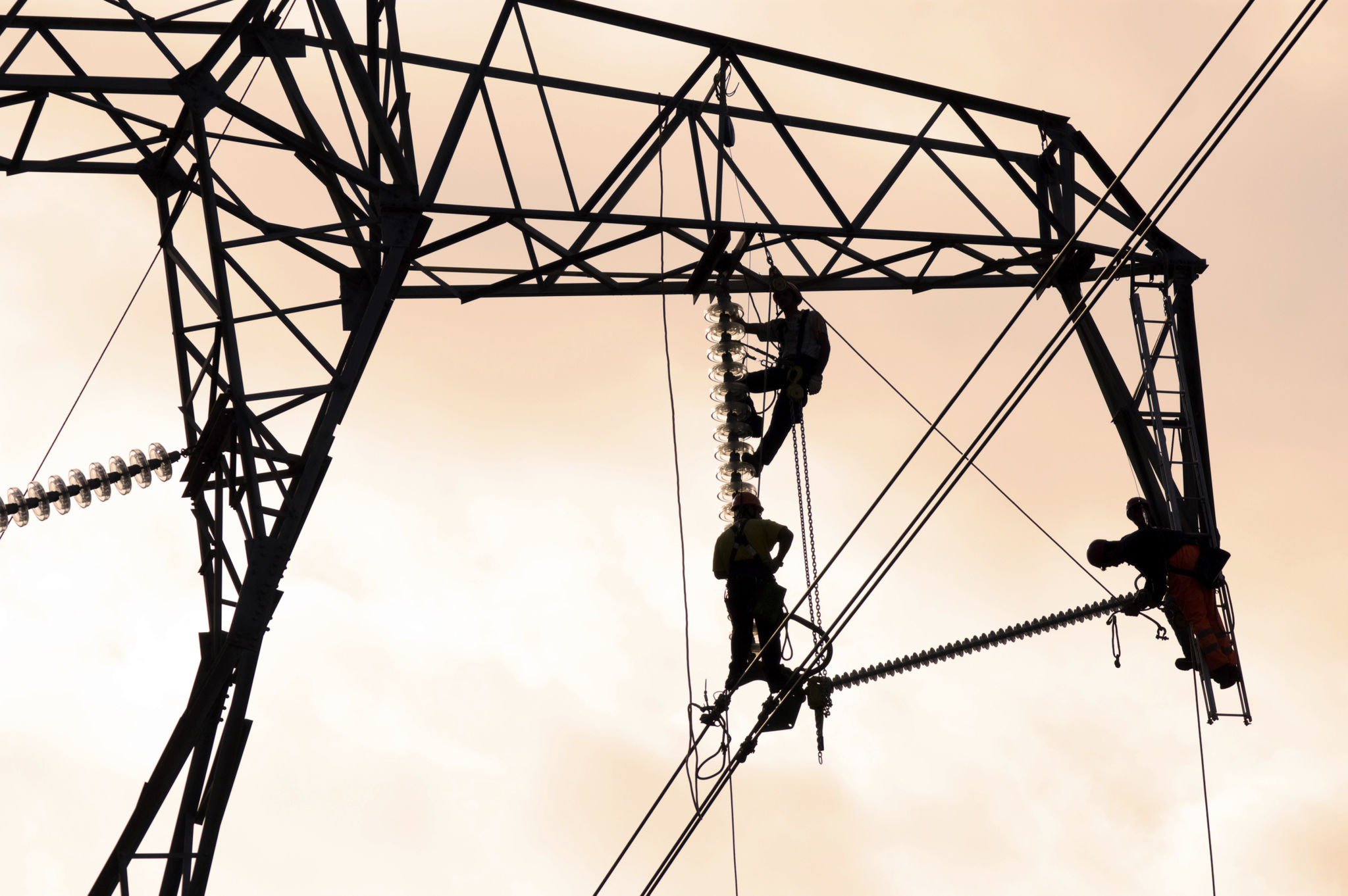How to Maintain Extra High Voltage Transmission Lines Safely: Expert Tips
Understanding the Importance of Safety in High Voltage Transmission Lines
Maintaining extra high voltage transmission lines is a critical task that requires meticulous attention to safety. These lines are essential for the efficient delivery of electricity over long distances, but they also pose significant risks if not managed properly. Ensuring the safety of both workers and the general public is paramount, and this involves adhering to established safety protocols and continuous monitoring of the infrastructure.

Regular Inspection and Maintenance
One of the most effective ways to ensure the safety of high voltage transmission lines is through regular inspections and maintenance. Routine checks help identify potential issues before they become serious problems. Inspections should include checking for wear and tear, corrosion, and other structural damages. Employing advanced technologies like drones and thermal imaging can enhance the accuracy and efficiency of these inspections.
Maintenance teams should also schedule regular cleaning of insulators to prevent contamination from dust, salt, or other pollutants that could lead to electrical discharge. It's crucial to keep a detailed log of all inspections and maintenance work for future reference and compliance purposes.
Implementation of Safety Protocols
Another key aspect of maintaining these lines safely is the implementation of robust safety protocols. This includes ensuring that all workers are adequately trained in safety procedures and are equipped with the necessary protective gear. Personal protective equipment (PPE) such as helmets, gloves, and insulated boots are essential when working near high voltage lines.

Furthermore, establishing clear communication channels among team members and having emergency response plans in place can significantly mitigate risks. It's important for teams to conduct regular safety drills to ensure everyone is prepared in case of an emergency.
Use of Advanced Technology
Adopting advanced technology plays a crucial role in maintaining high voltage transmission lines safely. Technologies such as remote monitoring systems can provide real-time data on line conditions, enabling quick responses to any anomalies. Automated systems can also be used to control line switches and transformers, reducing the need for manual intervention.
Additionally, smart grid technology can enhance the overall reliability and efficiency of power distribution, thereby minimizing potential safety hazards. Incorporating these technologies not only improves safety but also enhances the operational efficiency of power transmission systems.

Environmental and Weather Considerations
Environmental factors and weather conditions can significantly impact the safety of high voltage transmission lines. It is crucial to consider these elements during both the design and maintenance phases. Structures should be built to withstand extreme weather conditions, such as high winds, heavy snow, or lightning strikes.
Regular assessment of vegetation around transmission lines is also important to prevent fires or damage from falling branches. Implementing proactive measures like controlled trimming and creating buffer zones can help minimize these risks.
Collaboration with Local Communities
Engaging with local communities is an often-overlooked aspect of maintaining high voltage transmission lines safely. Educating the public about the importance of these lines and the potential hazards is essential for promoting safety awareness. Hosting community meetings or workshops can be an effective way to disseminate information and gather feedback.
Moreover, collaboration with local authorities ensures that all legal and environmental regulations are adhered to, further enhancing the safety of transmission line operations.
Continuous Training and Development
The field of high voltage transmission line maintenance is constantly evolving, with new technologies and methods emerging regularly. As such, continuous training and development for personnel involved in maintenance activities is crucial. Regular training sessions keep teams updated on the latest safety standards and technological advancements.

Investing in professional development not only improves safety outcomes but also boosts team morale and efficiency. Encouraging a culture of lifelong learning within maintenance teams can lead to more innovative solutions and safer work practices.
Conclusion: Commitment to Safety
Ensuring the safe maintenance of extra high voltage transmission lines requires a comprehensive approach that includes regular inspections, adherence to safety protocols, use of advanced technology, consideration of environmental factors, community engagement, and continuous training. By prioritizing these elements, organizations can effectively reduce risks and ensure the reliability of power transmission systems.
The commitment to safety is an ongoing journey that requires collaboration, innovation, and dedication at all levels. By fostering a culture centered on safety, we can protect both our infrastructure and those who work tirelessly to maintain it.
